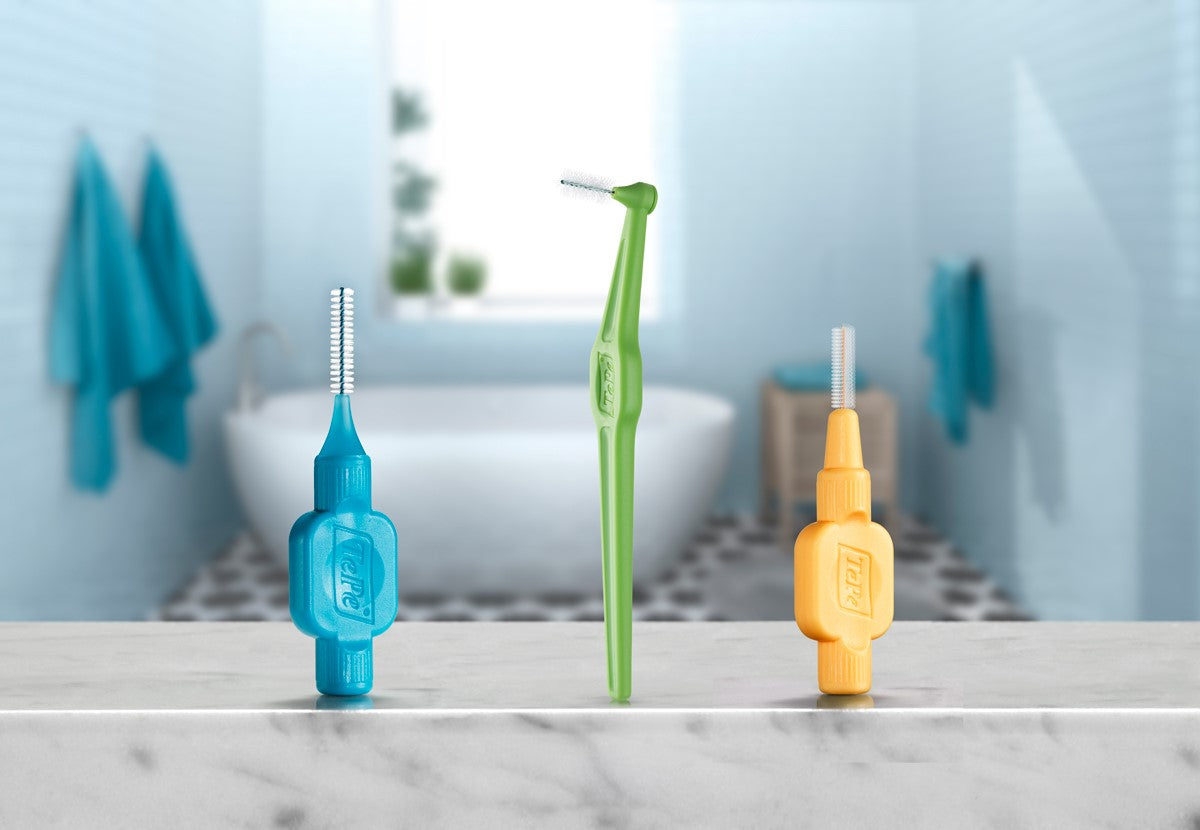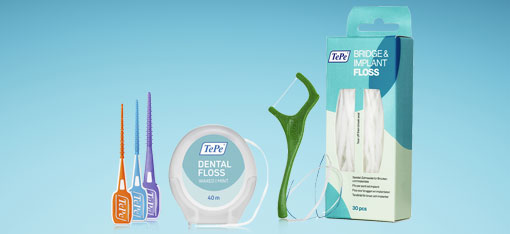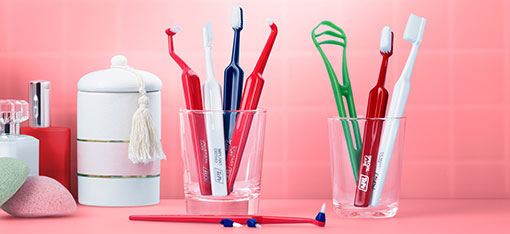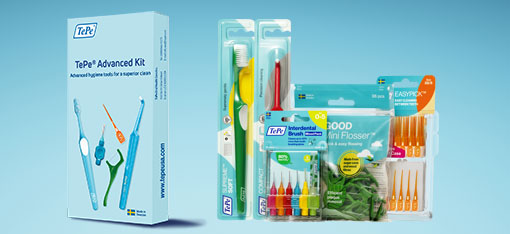Clear Removable Aligners vs. Braces for Adults: Which is Right for You?
Straightening your teeth isn’t just for teens. More adults than ever are choosing orthodontic treatment to improve their smiles, oral health, and confidence. But when it comes to choosing between clear removable aligners and traditional braces, which option is best for you?
Let’s break down the pros and cons of each to help you make an informed decision.
Clear Aligners: The Clear Choice

What are they?
Clear aligners uses a series of clear, removable aligners custom-made to gradually shift your teeth into place. They’re nearly invisible and designed for comfort and convenience. There are many brands of clear aligners; Invisalign is just one.
Pros:
- Discreet appearance: Clear aligners are virtually invisible
- Removable: You can take them out to eat, brush, and floss.
- Fewer office visits: Typically requires less frequent adjustments.
- Comfortable: No wires or brackets to irritate your mouth.
Cons:
- Discipline required: You must wear them 20–22 hours a day for best results.
- Not ideal for complex cases: Severe misalignments may require braces
- Can be lost or damaged: Since they’re removable, they’re easier to misplace.
Braces: Tried and True

What are they?
Traditional braces use metal or ceramic brackets and wires. They’re fixed to your teeth and adjusted regularly by your orthodontist to create pressure to gradually move teeth.
Pros:
- Effective for most cases: Ideal for complex or severe alignment issues
- No compliance worries: You can’t remove them, so they’re always working.
- Variety of options: Choose from metal, ceramic, or lingual (behind-the-teeth) braces.
Cons:
- Visible: Even ceramic braces are more noticeable than aligners.
- Diet restrictions: Avoid sticky or hard foods that can damage brackets.
- More discomfort: Adjustments can cause soreness, and brackets may irritate cheeks and gums.
Cost Comparison
Both Invisalign and braces typically range from $3,000 to $7,000, depending on your location, treatment complexity, and duration. Many orthodontists offer payment plans, and some insurance plans may cover part of the cost.
Which Should You Choose?
The best choice depends on your lifestyle, dental needs, and personal preferences:
- Choose clear aligners if you want a discreet, flexible option and have mild to moderate alignment issues.
- Choose braces if you need more intensive correction or prefer a set-it-and-forget-it approach.
Whether you go with clear aligners, the goal is the same: a healthier, more confident smile. Talk to your orthodontist about your options—they’ll help you choose the treatment that fits your needs and goals.
Read More:
Clear Aligners | American Association of Orthodontists (aaoinfo.org)
How Do Braces Work? | American Association of Orthodontists
Traditional Dental Braces vs Invisalign Aligners - Consumer Guide to Dentistry











Leave a comment